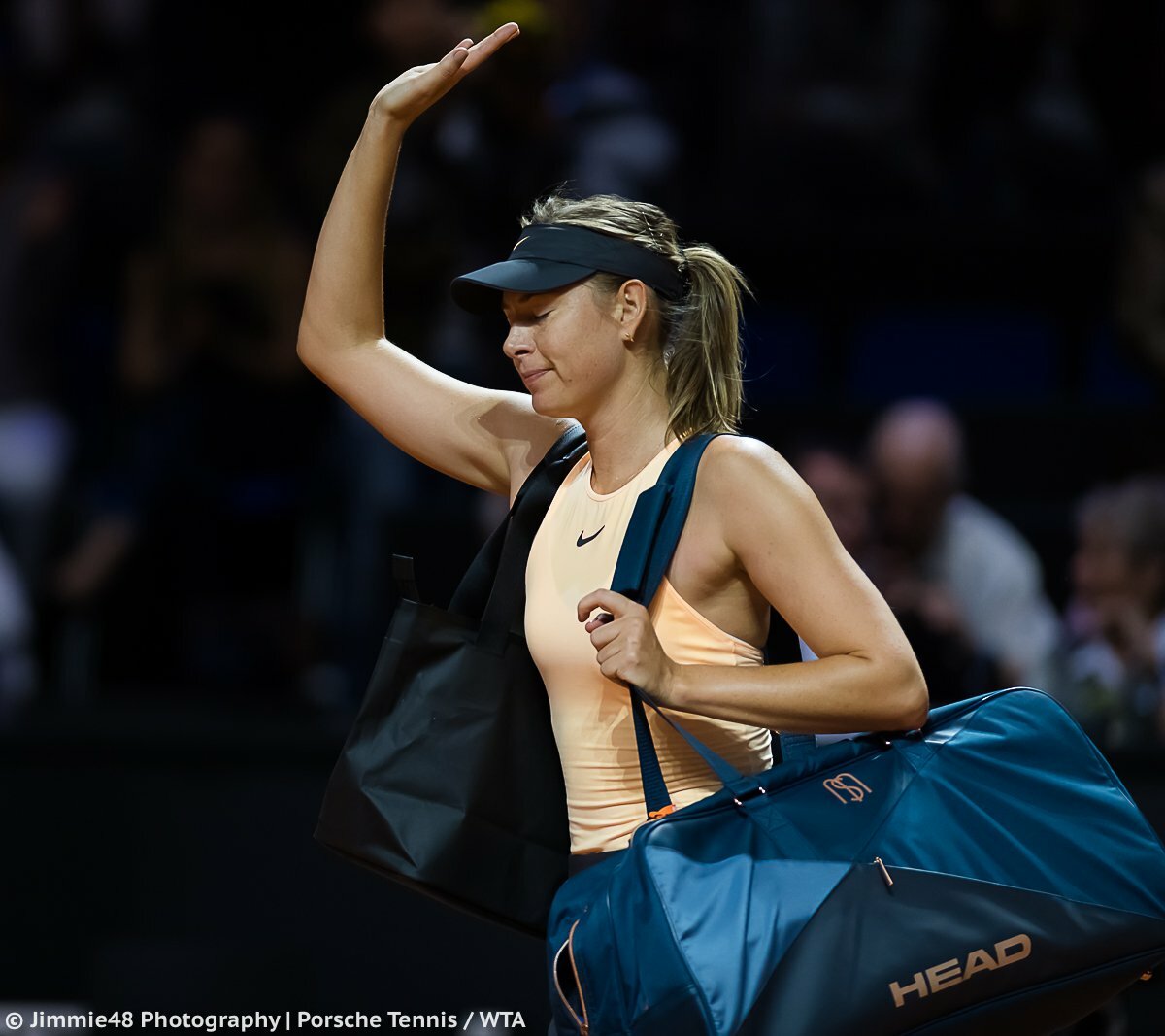Russia’s five-time women’s tennis Grand Slam winner, Maria Sharapova has come out with an elaborate and emotional explanation of her shock decision to call it quit with the games of aces at the age of 32.
While making her decision public on Wednesday, Sharapova stated in an emotional essay via Vanity Fair that she has faced fitness and psychological struggles that have hampered her form, three years after returning from a drugs ban.
Sharapova confirmed in the write-up that she will retire from tennis at the age of 32, as she revealed that her body has become a distraction to her due to injuries.
A report by sportsmail disclosed that Sharapova has given up her struggle against injury and announced that she has finished with tennis, after a career that yielded five Grand Slam titles, millions of earnings and a reputation that became severely tarnished.
After revealing her retirement through the pages of the magazine, Sharapova will be globally remembered for her major wins, her relentless baseline hitting delivered with a piercing shriek and the failing a drugs test at the 2016 Australian Open.
Megasportsarena.com gathered further that a repeat of shoulder issues, a long-standing problem, were among the injuries that plagued her and with a plummeting ranking she has decided to call it a day.
The Russian icon’s last appearance at a Grand Slam competition saw her exit in the first round of the Australian Open, losing to Donna Vekic, and that ensured her ranking dropped to 373 in the world and, for the former world No 1, her persistent shoulder injuries, and struggles to go deep into major tournaments, has pushed her to call time on her tennis career.
Her statics show a career high ranking No 1, current ranking No 373, career prize money £30m, 645 total wins, 171 total defeats, 36 total number of titles as well as Grand Slam success at Wimbledon 2004, US Open 2006, Australian Open 2008 and French Open 2012 and 2014.
Sharapova, who was taken by her father to Florida as a child to hone her tennis game, made the most of her ability and even turned herself into a French Open champion, despite being not being a natural potential on the clay courts.
She burst to prominence by winning the 2004 Wimbledon final as a 17-year-old against Serena Williams of America, who went on to become a bitter rival, even though the American ended up with a crushingly superior head-to-head record in their encounters.
Having openly admitted that she saw her peers as competitors rather than friends, she became known for her aloof attitude in the locker room, and there was little sympathy from her rivals when she tested positive for then newly-outlawed Meldonium after making the quarter finals in Melbourne four years ago.
The fallen star was to serve a 15-month ban and, though she returned gamely soon after, the subsequent records will show that she was never the same player without the assistance of the banned substance, failing to make the top 20 after her return in April 2017.
She now plans to put her efforts into other areas including dance classes and fashion, as she expatiated in her farewell message: “I’m new to this, so please forgive me. Tennis — I’m saying goodbye. I share this not to garner pity, but to paint my new reality: My body had become a distraction.
“Throughout my career, Is it worth it? was never even a question — in the end, it always was. And so, in whatever I might choose for my next chapter, my next mountain, I’ll still be pushing. I’ll still be climbing. I’ll still be growing.”
Sharapova added on Instagram, while accompanying a photograph of herself as a young child on the tennis court: “Tennis showed me the world — and it showed me what I was made of. It’s how I tested myself and how I measured my growth. “


